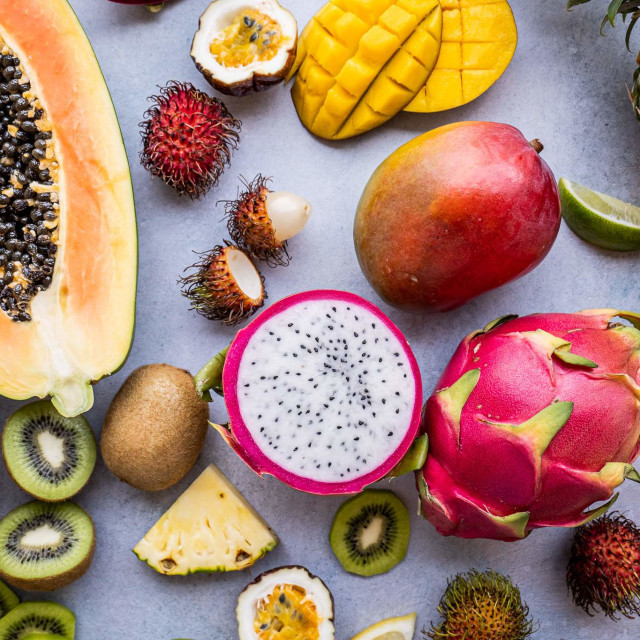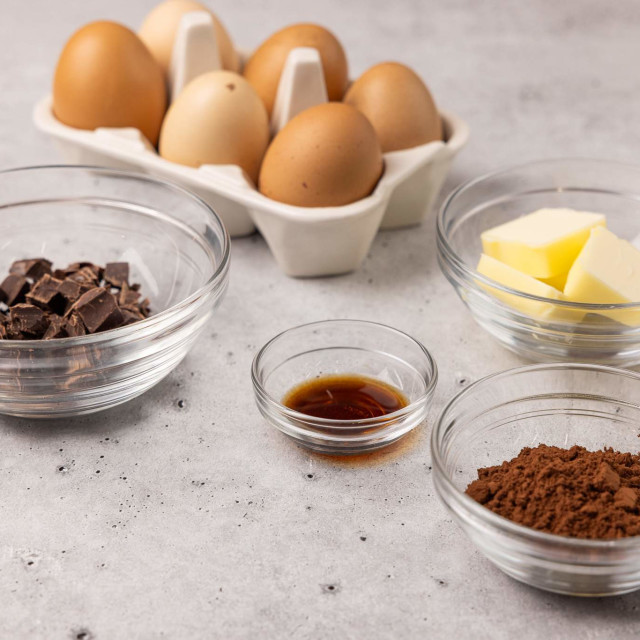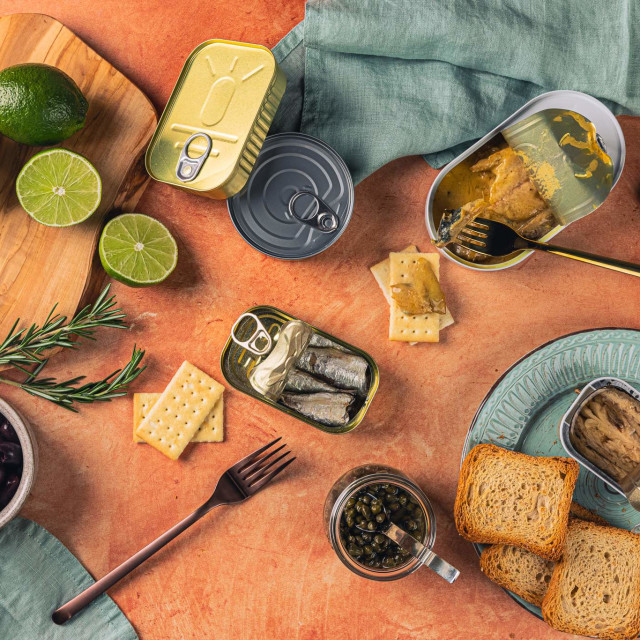Barley
Barley is the fourth most common grain in the world – behind rice, wheat, and corn. A hardy grass that can adapt to harsh conditions, it is widespread in Asia, Canada, Russia, and parts of Europe. Upper Midwestern and Western U.S. regions (Minnesota to Washington) are also major producers.
Modern crops are used mainly for animal feed and to make malt for alcohol. A much lesser percentage is sold for human consumption. Barley is commonly used in cereals and snacks bars. Miso and Scotch broth are two favorite dishes that would not be the same without barley.
History
Barleycorns were once used as a unit of measurement. A single kernel was equal to one-third of an inch.
Varieties
All barley grains – known as “groats” - have an inedible husk that is removed. The inner bran layers, when removed in a sanding process, leaving the kernel. When polished – or pearled - it is called pearl barley. With varying degrees of pearling, the fiber in the bran layer is removed.
Processing pearl barley results in flakes, flour, and grits. Bagged grains are treated much like rice.
Other, less common products are:
- Hulled – This is barley with the outer husk removed, but the inner bran layers intact. It is the most nutritious type.
- Scotch – Also referred to as “pot” barley. It lies between hulled and pearl and retains the germ and some of the bran.
- Flaked - A common cereal ingredient. Check health food stores.
- Black or Ethiopian – Black exterior, but otherwise the same as pearl.
- Hato mugi – Available in Asian stores as “pressed” barley.
Quick barley requires much less cooking time (about 10-15 minutes compared to pearl at 60 minutes and hulled at 90 minutes). It has been steamed and then dried.
Buying Tips
- Buy in bulk when possible. Inspect the bins for moisture and ask about product turnover.
Storage Tips
- Barley is no different from other grains. It is susceptible to pests and moisture. Keep airtight in a dark area for up to a year.
- Freeze or refrigerate if desired.
- Freeze flour for approximately four months.
Usage Tips
- Rinse barley before cooking





